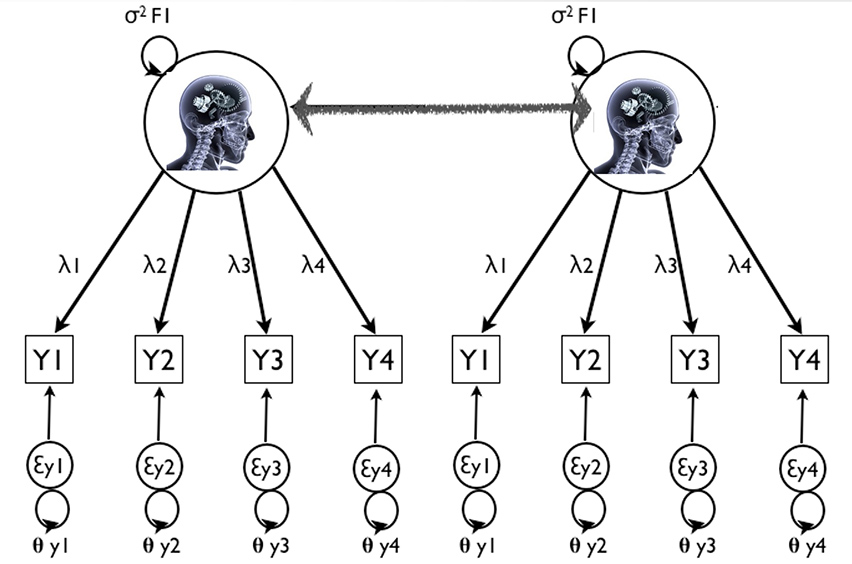Measurement Invariance (Editorial)
Multi-item surveys are frequently used to study scores on latent factors, like human values, attitudes, and behavior. Such studies often include a comparison, between specific groups of individuals or residents of different countries, either at one or multiple points in time (i.e., a crosssectional or a longitudinal comparison or both). If latent factor means are to be meaningfully compared, the measurement structures of the latent factor and their survey items should be stable, that is “invariant.” As proposed by Mellenbergh (1989), “measurement invariance” (MI) requires that the association between the items (or test scores) and the latent factors (or latent traits) of individuals should not depend on group membership or measurement occasion (i.e., time). In other words, if item scores are (approximately) multivariate normally distributed, conditional on the latent factor scores, the expected values, the covariances between items, and the unexplained variance unrelated to the latent factors should be equal across groups.
Van de Schoot, R., Schmidt, P., De Beuckelaer, A., Lek, K., & Zondervan-Zwijnenburg, M. (2015). Editorial: Measurement Invariance. Frontiers in Psychology, 6:1064. http://dx.doi.org/10.3389/fpsyg.2015.01064
Kimberley works together with Rens on how educational and psychological tests can be improved with new and existing statistical tools. One project focusses, for instance, on how (un)certainty in the test results of individual examinees can be estimated and expressed, to ...
In her PhD project, Mariëlle focuses on including prior knowledge in statistical analyses (informative Bayesian research) and confronting prior knowledge with new data.



